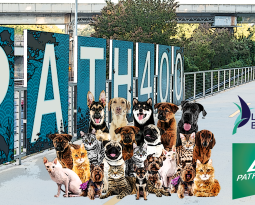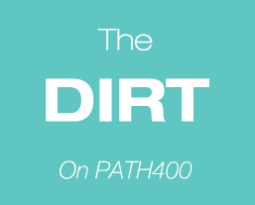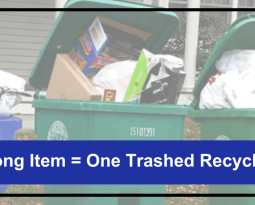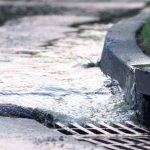Stormwater Management Ordinance Update
Spend any amount of time in Georgia and you’ll be familiar with our prodigious rainfall; especially in the Summer monsoon season when a solid week of rainy days doesn’t feel abnormal – but then what does in 2020?
But that rainfall has to go somewhere, and in the rapidly growing Metro Atlanta area – one already in a tenuous drinking-water-supply situation (see: Water Wars) what becomes of that rainfall, and what it picks up along the way to the river basins that become drinking water are a huge issue. The list of reasons why the problem has to be addressed are numerous; but cutting to the chase, it’s mandatory – Georgia law dictates that municipalities in the metro area pass ordinances that are “at least as effective” as the model legislation put forth by the Metropolitan North Georgia Water Planning District, that model was updated in 2019 prompting the current CoA update.
Of particular note in the update is the first appearance of “Linear Transportation” projects like roadways, railways, and trails in the requirements. The draft ordinance also features language supporting and defining “Vegetated Green Infrastructure”, ie. “Green Infrastructure that uses trees, shrubs, grasses, or other vegetation .. to intercept, retain, infiltrate, and evapotranspire runoff.” One common example is the humble bioswale . Like an enhanced street gutter, bioswales take in runoff from the impervious surfaces that make up the cityscape; but utilize natural processes to mitigate the volume and contamination through carefully chosen soils and plants, and letting some of that runoff return to the soil underneath. Not unimportantly, bioswales can be attractive green oases; doing their environmental benefits in a visually pleasing way.
. Like an enhanced street gutter, bioswales take in runoff from the impervious surfaces that make up the cityscape; but utilize natural processes to mitigate the volume and contamination through carefully chosen soils and plants, and letting some of that runoff return to the soil underneath. Not unimportantly, bioswales can be attractive green oases; doing their environmental benefits in a visually pleasing way.
Another aspect that the ordinance seeks to improve in its new iteration is applicability to development projects – the thresholds that trigger applicability for the ordinance have been revised down in many instances, for example – Single family residential development installing more than 5,000 sq ft of impervious surface will become subject to the new regulations. Updated standards also aim to address “Non-Point Source Pollution (NPS)“, something of particular concern as Atlanta grows and soils are disturbed during construction, as well as household sources of pollutants washing into local creeks and streams.
The draft ordinance designated 20-O-1498 can be viewed here. A work session scheduled for the morning of August 6th has been canceled, but the legislation will likely be taken up at City Council’s Utilities Committee meeting at 10am on August 11th.








